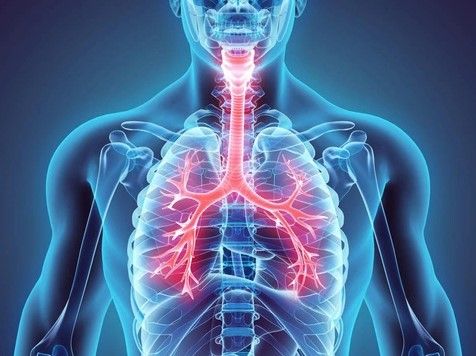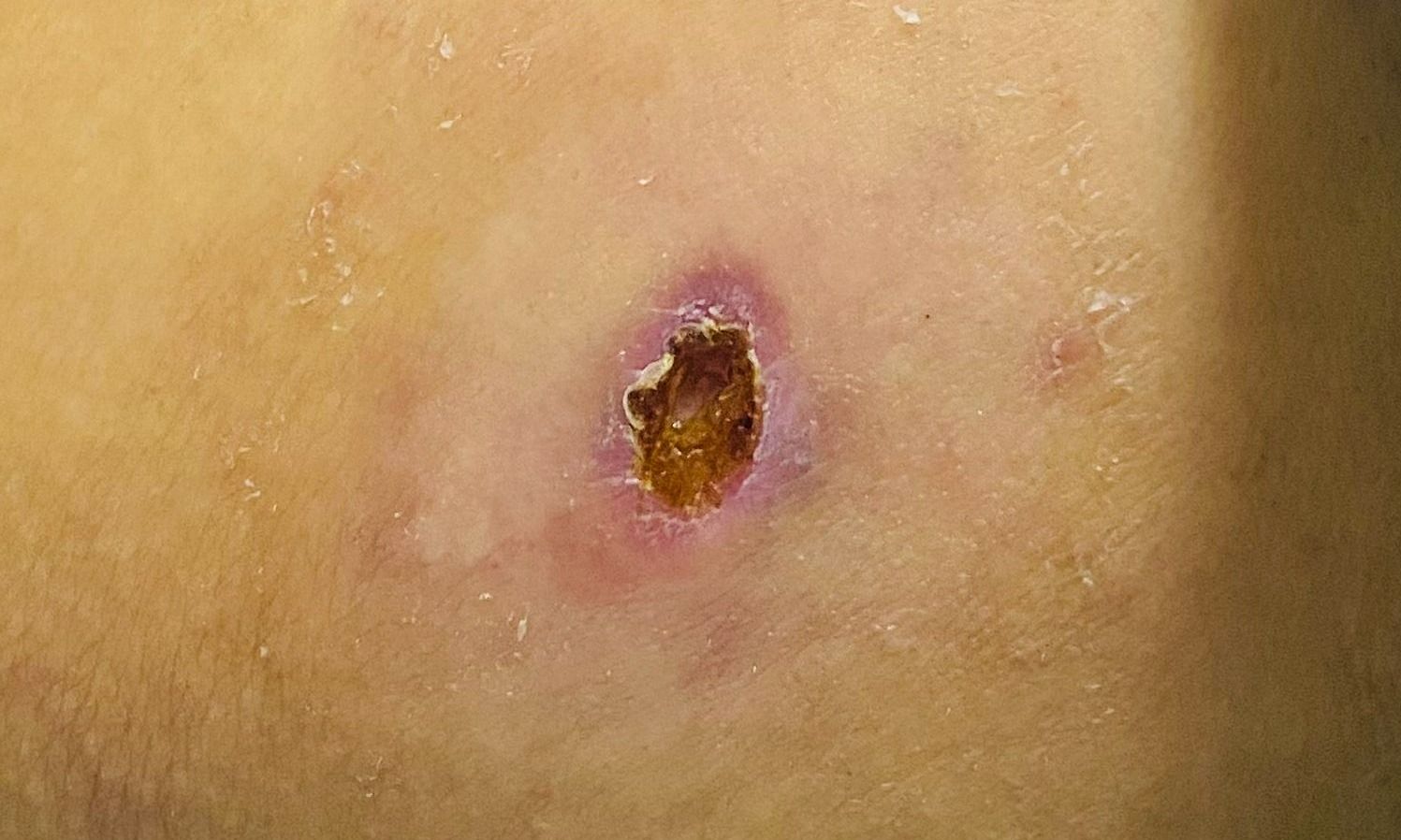China responds to a new wave of respiratory diseases
- China's Ministry of Health on November 26 called on local authorities to increase the number of clinics in the face of the first wave of winter respiratory cases since the easing of COVID-19 restrictions.
The spike in cases in China made global headlines last week when the World Health Organization (WHO) asked China for more information, referring to reports of inflammatory disease clusters. pneumonia in children has not been diagnosed in the North of this country.
China's National Health Commission spokesman Mi Feng said on November 26 that the increase in acute respiratory diseases is related to the simultaneous circulation of several types of pathogens, most notably flu.

According to CNBC, this person said: "Efforts should be made to increase the number of clinics and related treatment areas, appropriately extend service hours and ensure drug supply. It is necessary to do a good job of prevention." epidemic in crowded places such as schools, child care facilities and nursing homes, while reducing the flow of people and visits to patients."
Mr. Mi Feng also urged schools to take appropriate precautions.
Previously, influenza was expected to peak this winter and spring in China, while mycoplasma pneumoniae infection rates would remain high in some areas. Besides, the risk of an outbreak of COVID-19 infections may increase again in the country of billions of people.
Hospitals are also required to improve their ability to triage patients by severity to better identify those who are seriously ill. An official at the Chinese Center for Disease Control and Prevention (CDC) said different age groups are affected by different pathogens.
China's State Council stated: "All localities should strengthen reporting on infectious diseases to ensure information is reported promptly and accurately."
In response to WHO's request for information, China said there was no new or unusual pathogen behind the above spike.









 Facebook
Facebook
 Tweet
Tweet
 Zalo
Zalo







 News
News

















 Sign in with Facebook
Sign in with Facebook
 Sign in with Google
Sign in with Google